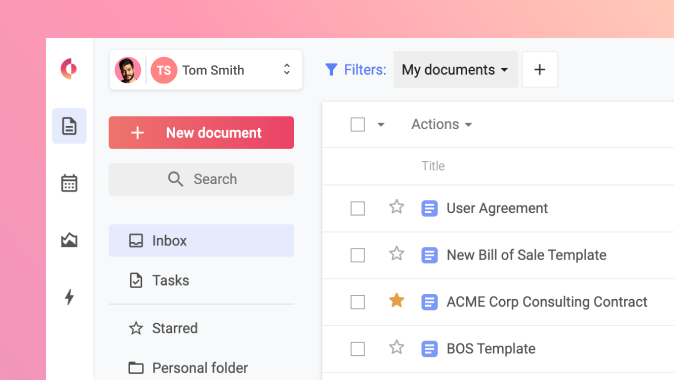Private Vs. Public Sector Procurement Practices
The most basic distinction between private and public entities is ownership. The public sector is controlled by the government—both state and federal—while the private sector is headed by individuals that lead and manage corporations. The private sector encompasses all for-profit companies that are not owned or operated by the government. Because of this distinction of ownership, there comes many different practices and policies regarding the procurement process.
Transparency
Public sector organizations are run by a higher government entity. Everything that they do must be easily visible to the public eye. There must be a distinct audit trail, with all information clear and accessible.
Information such as a contract opportunity, contract award, pricing, and timing are all included in reports made at regular intervals. There must be an equal opportunity provided by the government to each entity wishing to do business with them that meets the requirements. Bid openings are, therefore, public events.
Private sector transparency is not as clear cut. While private entities do have complete visibility requirements placed upon them, private entities do not need to provide equal opportunities, and will often withhold information that is not necessary to the bidding suppliers. They do not reach out to every company, and they do not need to publish their contract awards in the same way that public entities do.
Public Procurement Practices
Because public entities are owned by the government, their main funding comes from tax revenue, fines, tariffs, etc. Funding is generated by the public, and their main concern is allocating money properly to public interests.
This means that public organizations don’t have as much control over the procurement process. They have to wait until the funding institution collects the required revenue and then disburses it properly before engaging in procurement activities. If the disbursement is tardy, then the organization may need to delay payment or further procurement practices.
Other common delays in the process include the use of background checks on potential suppliers, stricter contract negotiation practices, and various other investigations and research, which add a minimum of 30 days to the procurement process.
On top of all of this, public organizations may belong to multiple jurisdictions, and their procurement practices must be approved by multiple governmental entities (e.g. city and state, state and federal, etc.).
There are a few methods for saving time in the public sphere, however. Public entities are permitted to use “preferred suppliers,” or suppliers who have a particular reputation with the government. These suppliers may cost more money on the surface, but they save time in the investigation portion of the procurement process. Saving time and money on background checks and other steps can counterbalance the extra cost of the vendor.
Backdrop contracts are also a common way of saving time and money. A backdrop contract is a pre-negotiated contract or one being renewed. This occurs often in the same context as a preferred supplier would be utilized.
Private Procurement Practices
Private organizations draw their revenue from sales, investments, and other business-related areas. Their money is more centralized, which speeds the procurement process along. Privately owned businesses can seek out different suppliers to find the best deal because they have more time and resources to do so. Their focus is more on saving the most money and getting things done quickly.
Private organizations will still often use preferred vendors, for similar reasons to those utilized by the public organizations. While private entities do not take nearly as much time in research, they do a thorough job of understanding their suppliers before signing a contract (by conducting simple reference and credit checks, site visits, and sample reviews, for example). Using preferred vendors and simply renewing contracts is an easy way to decrease the time spent in the procurement process.
Other private sector practices include supply chain management, supplier relationship management, inventory management, segmenting suppliers, and others. These practices help the private sector to be more self-motivated, but it is also a more unstable place. Because of the “high risk, high return” nature of private procurement practices, there is more risk analysis that should be done. Public entities can be more secure and stable economically, but private organizations often generate more growth than public ones do.
For both private and public organizations, managing the procurement process well is critical for success. Automation and streamlining can help optimize the process even with many steps along the way. A contract lifecycle management platform will help procurement holistically manage the process end-to-end to ensure faster turnaround times for both the private and public sectors.



